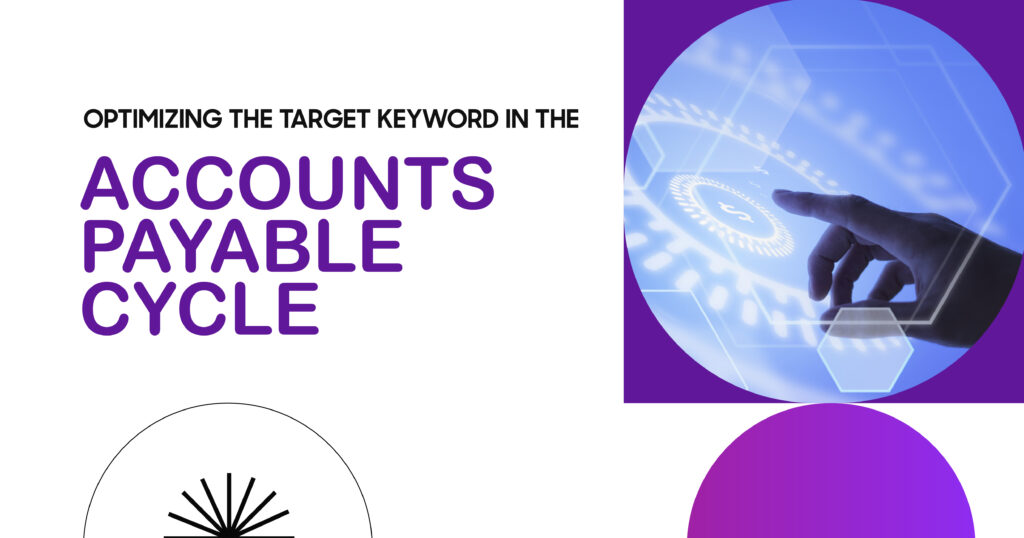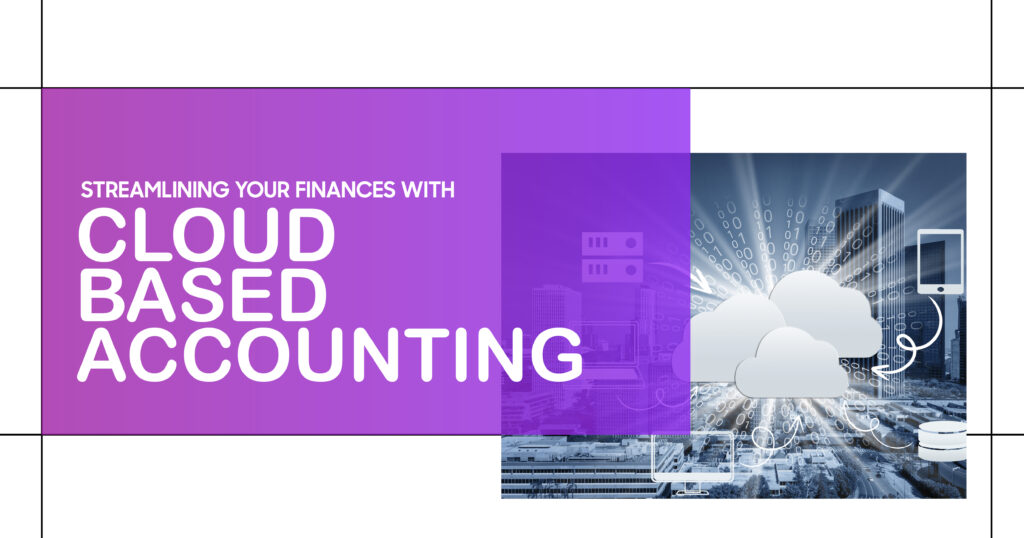The accounts payable cycle is the backbone of financial operations for businesses of all sizes. From invoice processing and vendor management to cash flow oversight and audit compliance, every stage of the AP cycle contributes to financial health and operational efficiency. However, many organizations still rely on manual, paper-heavy processes that are time-consuming, error-prone, and costly.
By optimizing each step of the accounts payable cycle, companies can streamline workflows, strengthen vendor relationships, and improve compliance – all while achieving better financial visibility. This article explores best practices for modernizing AP processes and provides actionable insights for businesses looking to transform their financial operations.
Introduction to the Accounts Payable Cycle
The accounts payable cycle refers to the step-by-step process of managing a company’s short-term obligations to its suppliers and vendors. A well-optimized cycle ensures that payments are processed accurately, vendors are managed effectively, and cash flow is carefully monitored.
Key components of the accounts payable cycle are:
- Invoice Processing – Capturing, verifying, and approving supplier invoices.
- Vendor Management – Building and maintaining strong relationships with suppliers.
- Purchase Orders – Ensuring approvals and controls before committing to spend.
- Payment Processing – Executing accurate, timely payments to vendors.
- Expense Tracking – Monitoring and categorizing business spending.
- Financial Reconciliation – Aligning records with bank statements and audits.
- Cash Flow Management – Balancing outflows with available working capital.
Streamlining Invoice Processing for Efficiency
Invoice processing is often the most resource-intensive part of the AP cycle. According to the Institute of Finance & Management (IOFM), the average cost of processing a single invoice manually is $12–$30, compared to $3–$6 with automation. Delays, duplicate payments, and human errors are common in manual workflows.
Benefits of Streamlined Invoice Processing
- Faster approvals with automated routing.
- Lower error rates through OCR (optical character recognition) and e-invoicing.
- Real-time visibility into outstanding invoices.
- Cost savings from reducing manual workloads.

Effective Vendor Management Strategies
Vendors are critical to business continuity, and poor vendor management can lead to strained relationships and supply chain disruptions. Automation within the AP cycle enhances vendor satisfaction by ensuring accurate, timely payments and clear communication. Best practices for vendor management:
- Establish vendor self-service portals for invoice submission and payment tracking.
- Track vendor performance with key metrics (on-time delivery, error rates).
- Ensure timely and accurate payments to build trust.
- Centralize vendor data for better contract management and negotiations.
Simplifying Purchase Orders for Seamless Transactions
Purchase orders (POs) act as formal agreements between businesses and vendors. When poorly managed, POs can slow down procurement and create confusion in invoice approvals. Automated purchase order systems simplify approvals and reduce bottlenecks. Advantages of simplified purchase orders are as follows:
- Provides a paperless, standardized approval workflow.
- Prevents unauthorized or duplicate purchases.
- Improves matching accuracy between POs, invoices, and payments.
- Increases accountability by maintaining a clear audit trail.
Enhancing Payment Processing Accuracy
Payment processing errors can lead to duplicate payments, strained vendor relationships, and compliance risks. Automating payments provides greater control and accuracy while reducing costs associated with manual check processing.
Benefits of Payment Automation
- Real-time cash flow visibility for better forecasting.
- Accurate payment scheduling to avoid late fees.
- Secure digital workflows reduce fraud risk.
- Greater flexibility with electronic methods (ACH, wire, virtual cards).
Expense Tracking Techniques for Better Financial Oversight
Expense tracking ensures accountability and transparency in business spending. Without proper tracking, organizations risk overspending, compliance issues, and inaccurate reporting. Automated expense management integrates seamlessly with AP systems to provide real-time oversight.
Key Expense Tracking Techniques
- Mobile apps for instant digital receipt uploads.
- Categorization tools for department-level expense insights.
- Automatic enforcement of expense policies.
- Integration with reporting dashboards for financial transparency.
Ensuring Financial Reconciliation and Audit Compliance
Financial reconciliation and audit compliance are vital for accurate reporting and regulatory adherence. Manual reconciliation can take days, while automated systems match transactions instantly. According to Deloitte, businesses using automation for reconciliation reduce compliance risks by 70%. This is how automation improves Reconciliation & Compliance
- Automatically matches invoices, payments, and purchase orders.
- Creates digital audit trails for regulatory inspections.
- Enhances fraud detection with anomaly alerts.
- Improves accuracy in financial reporting.
Cash Flow Management in Accounts Payable
Cash flow is the lifeblood of any business, and accounts payable plays a direct role in managing it. Poor AP practices can tie up working capital, while optimized AP workflows free up resources for growth. Cash flow management strategies in AP:
- Schedule payments to balance discounts and cash reserves.
- Use dashboards to forecast outgoing expenses.
- Reduce outstanding liabilities through faster invoice processing.
- Build strong vendor relationships to negotiate better payment terms.
Impact of AP Optimization on Cash Flow
Cash flow management is one of the most critical outcomes of an efficient accounts payable cycle. When AP processes are slow, error-prone, or reliant on manual systems, businesses risk delayed payments, strained vendor relationships, and poor visibility into financial obligations. By contrast, optimized AP workflows powered by automation improve accuracy, reduce costs, and provide real-time insights that strengthen overall financial stability.

The table below highlights the key differences in cash flow outcomes between businesses that have not optimized their AP processes and those that leverage automation:
| Factor | Without AP Optimization | With AP Optimization |
| Invoice Approval Time | 10–15 days | 2–5 days |
| Vendor Relationships | Strained by late payments | Strengthened by timely payments |
| Cash Flow Forecasting | Inconsistent, error-prone | Real-time visibility |
| Cost Management | Higher due to late fees | Reduced via early payment discounts |
| Compliance Risk | Elevated | Minimized with automation |
Transform Your Accounts Payable Cycle With Indigo Billing
Optimizing your accounts payable cycle starts with the right tools – and Indigo Billing delivers the automation and efficiency modern businesses need. From faster invoice processing to seamless vendor management and real-time cash flow visibility, Indigo Billing empowers finance teams to work smarter, not harder. Take control of your AP operations today and discover how Indigo Billing can simplify complexity while driving accuracy and compliance.
Visit Indigo Billing to explore solutions designed to transform your financial processes.
FAQs
- How can streamlining invoice processing improve efficiency in the accounts payable cycle?
Streamlining invoice processing reduces manual data entry, speeds up approvals, and lowers error rates. This efficiency not only saves costs but also enhances compliance and cash flow management.
- What are the best practices for effective vendor management to optimize the accounts payable process?
Best practices include timely payments, transparent communication, vendor portals, and performance tracking. These practices foster trust and create long-term, mutually beneficial relationships with suppliers.
- How does simplifying purchase orders contribute to seamless transactions and enhance overall payment processing accuracy?
Automating purchase orders prevents duplication, improves matching with invoices, and speeds up approvals. This streamlines the AP cycle, reduces errors, and improves compliance during audits.
- What are the key techniques for tracking expenses to ensure better financial oversight and compliance during audits?
Key techniques include digital receipt uploads, categorization by department, and automated policy enforcement. These methods ensure transparency, accuracy, and readiness for audits.
- How can cash flow management be optimized within the accounts payable cycle to support financial reconciliation and business stability?
Cash flow can be optimized by balancing early payment discounts with liquidity, forecasting expenses with dashboards, and building strong vendor relationships. This ensures stability while keeping working capital available.












